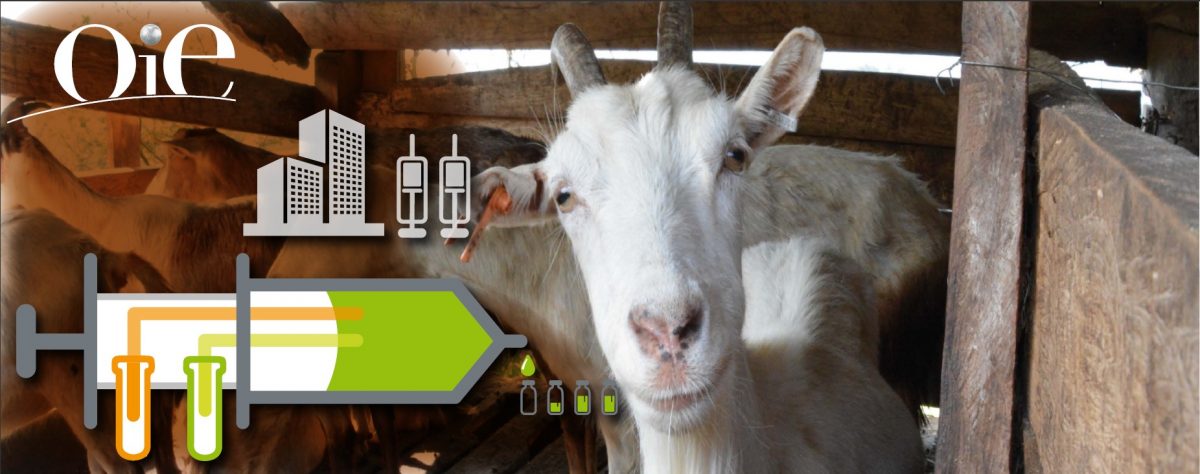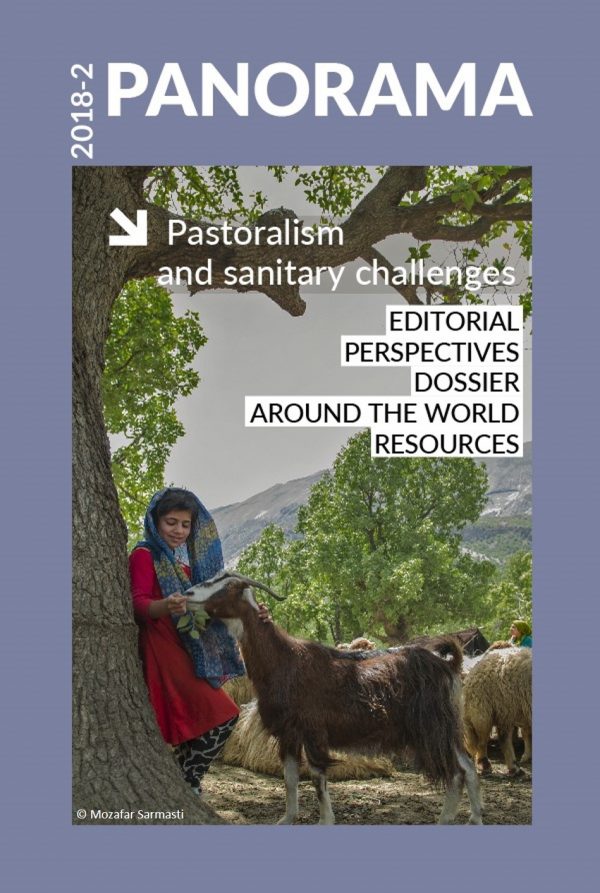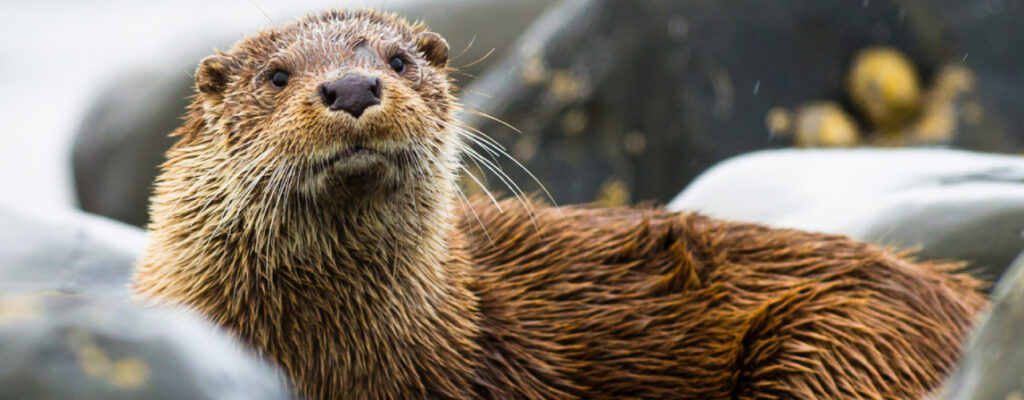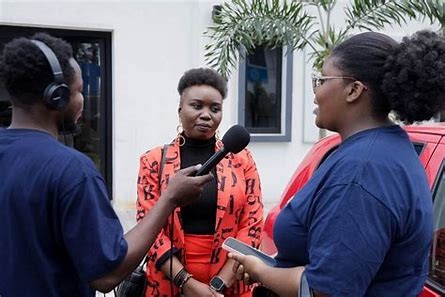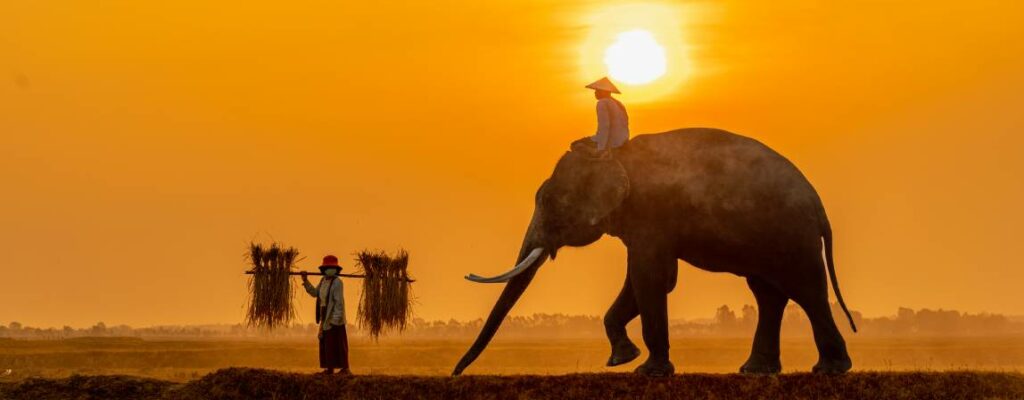Around the world Posted on 2019-01-23 18:31:37
OIE actions
The OIE PPR Vaccine Bank
A concrete tool in the fight against PPR
Keywords
Authors
Stéphane Renaudin (1)*, Emily Tagliaro (2) & Alain Dehove (3)
(1) Project Officer, World Fund Unit, World Organisation for Animal Health (OIE)
(2) Head of the World Fund Unit, World Organisation for Animal Health (OIE)
(3) Director of Finance, World Organisation for Animal Health (OIE)
* Corresponding author: s.renaudin@oie.int
Through the global strategy for the control and eradication of PPR, approved together with FAO, the OIE has a strategy. Through its standards and recommendations, it has established operational plans. And through its experts and Collaborating Centres, it boasts determined soldiers. So what of the right equipment?
Fifty million doses already delivered for planned vaccination campaigns and in response to emergencies
It is in this last respect that the OIE’s PPR Vaccine Bank plays a vital role. Created in 2013, the PPR Vaccine Bank facilitates access to top-quality vaccines in Africa. It is supplied by vaccine producers selected through international calls for tender and offers clear and transparent conditions for those seeking its assistance. It is a tool that is complementary to national procurement procedures and it is used on a voluntary basis via country requests. A clear indication of its success is that some 50 million vaccine doses have been delivered over the course of five years, with an extra 38 million planned for 2018.
The mechanism has mostly been used by large-scale programmes that combine vaccination, awareness-raising and capacity-building. First among these is the Vaccine Standards and Pilot Approach to Peste des Petits Ruminants Control in Africa Project (VSPA). This programme, which is funded by the Bill & Melinda Gates Foundation, has delivered 10 million doses to Burkina Faso, Ghana and Mali. Togo was also able to purchase four million doses in 2014 and 2015 as part of a World Bank project. Today, as part of the Regional Sahel Pastoralism Support Programme (PRAPS) financed by the World Bank, several Sahel countries (Burkina Faso, Chad, Mauritania and Niger) benefit from access to the OIE Vaccine Bank.
The recent delivery to Burundi in March 2018 demonstrated that the Vaccine Bank also has the capacity to respond to situations that demand urgent action. Reports of PPR cases in Burundi mobilised numerous players, who chose to use the OIE Vaccine Bank as it provided a simple and quick way to deliver 1.6 million doses. This response was made possible by the commitment of the Burundi authorities, which carried out vaccination campaigns, and the World Bank, which provided funding. The Vaccine Bank served as the tool for implementing a proactive policy and concerted action.
The OIE Vaccine Bank’s main strengths are its adaptability, its flexibility and the quality of the vaccines its provides. The FAO and the World Bank demonstrated their confidence in the mechanism by approving its use by countries as part of the projects that they finance.
However, it is not intended that this tool should be in place forever. It could be shelved once the countries are equipped and the battle has been won. Pending that victory, the OIE will continue to facilitate access to high-quality vaccines for those that need them.
http://dx.doi.org/10.20506/bull.2018.2.2868




